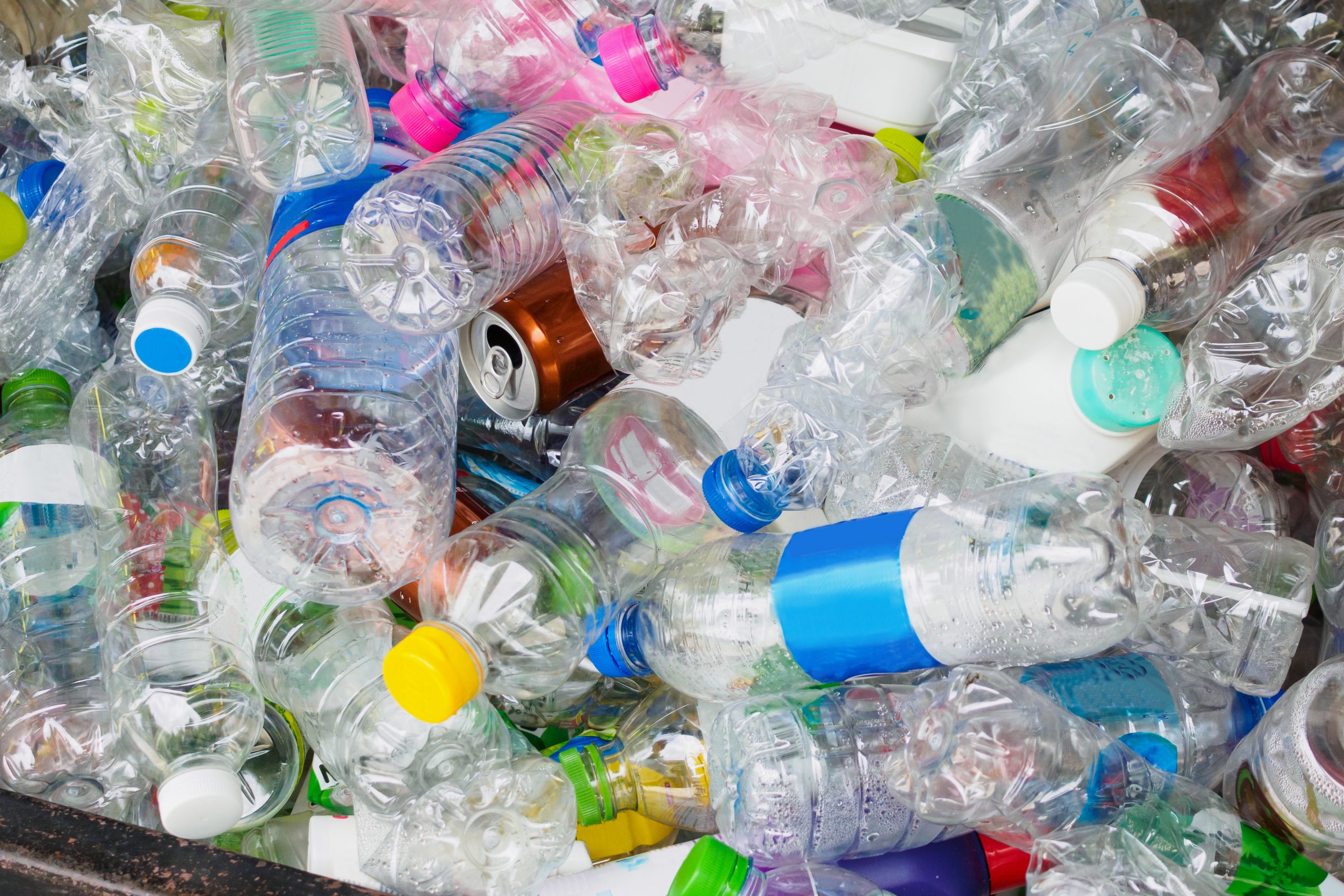
State lawmakers should improve the ‘Bottle Bill’ and pass other measures
The attempt to promote and instill more green-centric waste management and recycling programs is a communal effort that all New Yorkers must embrace. Residents, recyclers, waste collectors, and product manufacturers all play a part in creating a better system to reduce and manage the 92 million pounds of waste that are produced in New York each and every day.
New York State legislators are vital to the cause as they have the ability to enact policies and improve existing laws. Key policy changes can open new doors that will create a much-needed culture shift in the way we approach recycling and use recyclable materials across the state.
Better recycling will result if we:
- Fix the out-of-date Bottle Bill: The New York State Returnable Container Act, also known as the “Bottle Bill,” requires the consumer to pay a deposit on certain containers. The program is designed to create an incentive for returning recyclable materials, such as aluminum cans and bottles of plastic and glass, for recycling. The problem is that the Bottle Bill law is badly out of date. A higher deposit — increasing it from 5 cents to 10 cents per bottle—would create a greater incentive to redeem recyclables. Additionally, the “Bottle Bill” must be expanded to include a deposit on wine and liquor bottles. By having more glass returned to redemption centers in recycling machines devoted exclusively to glass, and raising the deposit from a nickel to a dime for such containers, we would see more recycling and a higher quality of recycled glass that could be remanufactured into new glass containers.
- Stimulate markets: Markets for recyclable materials need to be developed at the federal, state and local levels. Legislators should implement procurement guidelines, and require the use of recycled materials in manufacturing, packaging, and roadway and infrastructure construction projects.
- Close the loop: Waste diversion goals, which set an amount of waste to be diverted from landfills and incinerators, must be balanced with utilization policies to match these goals, creating a closed-loop system. Legislation to require a minimum content of recyclable material in the manufacturing of packaging and products is critical.
- Be careful with EPR: Extended Producer Responsibility, which requires manufacturers of paper and packaging to shoulder more of the logistical and financial burden for increased recycling, is only part of the solution. Yes, manufacturers need to be held accountable for their products’ environmental impacts, but so do consumers. At the end of the day, EPR is a tax. The key to effective EPR is a solid strategy to collect and spend millions of dollars to advance recycling. Let’s not miss an opportunity to develop a quality EPR program that works. The current proposals being batted around Albany are not sufficient and we call on Gov. Kathy Hochul and the legislature to get EPR right.
- Focus on zero waste: Ending the use and distribution of single-use plastics and requiring a significant cutback of packaging materials will reduce the amount of waste that needs to be managed. New York needs to explore zero waste initiatives. State lawmakers hold power over many of the changes needed to improve waste management and recycling systems. Policies and regulations must be changed in order for market-oriented recycling solutions to thrive. Today, we have the opportunity to make a difference. Don’t wait another year to invest in a green economy, improve waste management systems, combat climate change. and protect the environment.
By Jimmy Winters (Guest essay)
Newsday, Thursday, March 17, 2022
